Author: SR, Luo
Social interaction, as a way for people to connect, drives the circulation of information, resources, and goods. The importance and universality of social interaction are self-evident. Due to its high ceiling and immense value, social products have captured the imagination of the capital market, and major chain ecosystems are vying to lay out or embrace social interaction. In the current environment where Web2 platforms frequently experience data leaks, privacy scandals, and algorithm biases, Web3 social interaction has become a hot search keyword, and "Crypto-native social apps" has become one of the top ten focus areas for the leading institution Paradigm. "DeSoc" has been listed by Messari as a key promising track for 2024.
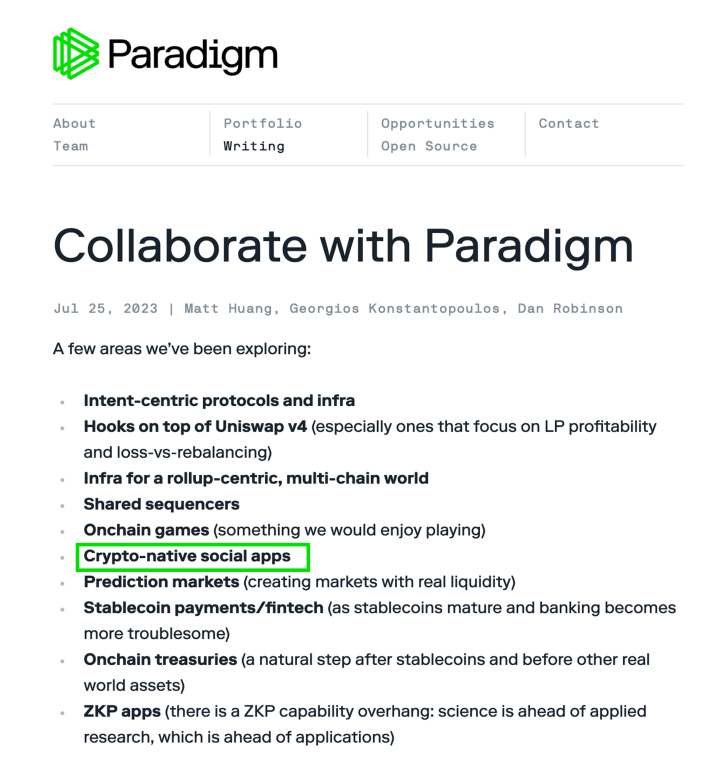
Although Web3 social interaction cannot be said to be a new narrative, it has always been highly anticipated or long-term optimistic. Web3 social interaction, characterized by decentralization, resistance to censorship, user-centricity, empowerment of digital assets, and identity interoperability, has been an area that major projects have been striving to build and experiment with after DeFi.
1 The Value of Web3 Social Interaction
1.1 Value and Power Redistribution
Web3 social interaction allows the value that has been overlooked or acquired by platforms in Web2 social interaction to be discovered, and it is expected to be more fairly released and distributed through Web3 methods.
User sovereignty: Web3 social interaction returns ownership to users. User sovereignty is safeguarded through methods such as on-chain data and decentralized nodes, including sovereignty over consumption, preferences, privacy, digital assets, and identity.
Reshaping creator economy: Web3 social interaction makes content creators "true controllers." For example, the "Write to Earn" model allows creators to monetize their work based on clicks, shares, and other quantifiable actions to earn platform tokens, and creators can also provide additional revenue channels like Lens. In addition, creators can mint content NFTs, and copyright protection can also be guaranteed.
1.2 Decentralized Governance
Unlike Web2 platforms that have absolute governance rights, a significant portion of governance rights in Web3 social interaction is shifted from platforms to communities. Content moderation and ownership are handed over to the community; users can allocate governance rights by holding NFTs or tokens, making the process more democratic and transparent.
1.3 Decentralized Identity Interoperability
In traditional Web2 social interaction, the lack of interoperability of multiple platform identities has been a pain point for Web2 digital identities. In the Web3 social interaction scene, a universal digital identity is being developed, allowing users to experience a variety of social behaviors in more open and composable protocols. For example, users can use the same ID identity to experience various social behaviors in CyberConnect and Lens Protocol.
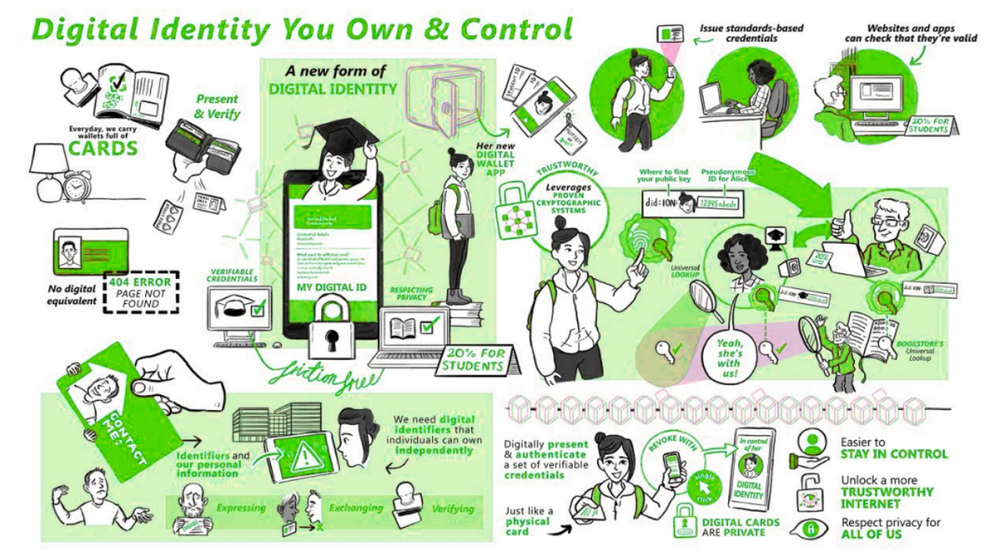
1.4 New Asset Forms and Collaboration Methods
Web3 social interaction can transform behaviors or results into new forms of assets for trading or endowing certain rights, leading to more diverse collaboration methods and value distribution. For example, Mirror allows collective ownership of content works to receive royalties, holding tokens in Chiliz to participate in the decision-making of sports and entertainment clubs, paid chats in Debank Hi, and purchasing keys to join groups in Friend.Tech, and more.
2 Attempts in Web3 Social Interaction
2.1 Diverse Attempts
In the Web3 social interaction track, whether it is exclusive chains, protocols, or applications, they are all striving in their respective directions to truly open the door for Web3 social interaction. This includes L1's Deso, protocol layer's CyberConnect [one of the leading tracks, with three core components: CyberProfile (decentralized digital identity), CC Social Graph (social relationship graph and Cyber Wallet)], Lens [over 100 ecosystem products], Farcaster [reportedly used by Vitalik Buterin], as well as representative projects like Mirror, Damus, Friend.Tech, Debank-Hi/Stream, Debox, and Etherscan's Blockscan, etc.
In different Web3 social interaction projects, each has its own characteristics, advantages, and supported scenarios, but mainly revolves around the functional implementation supported by the underlying technology itself. In a sense, it is an envisioning of new demands based on social interaction for current users, or instilling new demands or concepts in users. Of course, from the perspective of the development of internet civilization and technological iteration, this direction is definitely correct, and the demands that technology can fulfill will also become the real demands of users. Of course, time will provide the answer.
2.2 Facing Challenges
Currently, in terms of the scale of Web3 social interaction users and data from various social projects, Web3 social interaction still faces several challenges.
l Entry barriers limit the influx of new users. Understanding of private keys, public keys, mnemonic phrases, and the use of gas fees on different chains all create certain obstacles for new users.
l Lack of applications with viral effects. Current Web3 social interaction products have poor marketing effects, with few open quantities and a lack of scale effects in community promotion. Overly aggressive marketing activities have led to poor word-of-mouth; the awareness of paying for services has not been formed, as most users are accustomed to using Web2 social interaction for free, and the model of social interaction in Web3, which requires purchasing Profile NFTs and paying gas for interaction, is not understood. Most Web3 social interaction applications replicate the model of Web2 social platforms, and without significant innovation, the pain points they can solve have limited appeal to users, and the users' FOMO and urgency are relatively low.
l The strong stickiness of Web2 social applications for users. Due to the first-mover advantage of traditional social media, Web2 social applications not only have a large user base but also have long-term active users. These users have already established mature relationship circles in Web2 social products, and it is difficult to divert these users to non-conventional products in Web3 social interaction.
For native Web3 users, in the absence of other significant needs, using Web2 social applications such as X, Discord, Telegram, and WeChat can basically meet their needs.
3 Dsyncle, Cracking the Challenges of Web3 Social Interaction
Dsyncle, a Web3 social interaction application that has just launched its public beta, has attracted the attention and usage of many KOLs, communities, and Web3 digital nomads due to its innovative entry point, practicality, and airdrop. Next, let's analyze whether Dsyncle has cracked the correct way to open Web3 social interaction.
3.1 What is Dsyncle?
From its public website, X, and related information, Dsyncle is a transaction-driven Web3 IM, built on the Nostr platform for IM infrastructure, combined with their developed TradeDivi (Cake) and Sketch protocols, integrating CEX, DEX, other DeFi, and traffic matching trading scenarios through IM, fully simplifying transactions and lowering the threshold for transactions; and it is matched with a set of incentive mechanisms to promote user transactions.
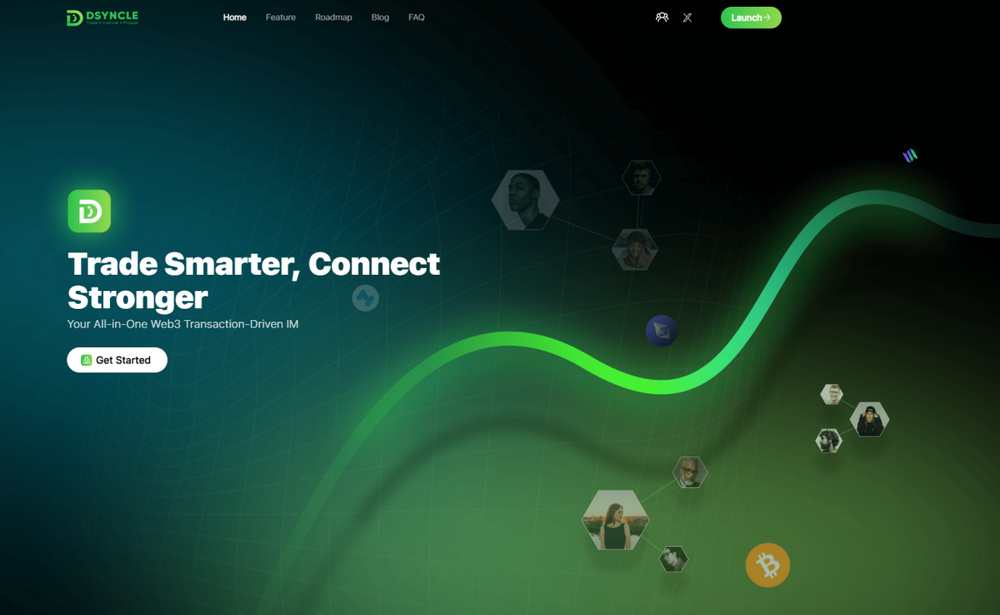
3.2 Highlights of Dsyncle
Ingenious entry point design
Unlike most Web3 social interaction applications that start from concepts such as ownership, DID, and creator economy, Dsyncle has chosen the "transaction" that almost everyone in Web3 is doing as its starting point. One cannot help but admire the creativity of the Dsyncle team. In the understanding of the vast majority of people, "transactions" should be conducted on CEX, DEX, and other platforms, which is also an area that many Web3 social interaction application projects have overlooked.
Imagine if a group of people are focused on gaining benefits through trading, then as a project, the goal should be to provide better trading services for this group of people. So, in the context of Web3 social interaction, how receptive would this group of people be if the offerings are data ownership, governance rights, content verification/curation, and so on? If Web3 social interaction provides better trading support for this group of people, such as timely information dissemination, community consensus communication, convenient trading tools, etc., allowing these people to find like-minded individuals, not miss out on good trading opportunities, and facilitate the dissemination and trading without switching applications, while also building their own trading DID profile to gain more profits, then this group of people would easily accept and use it in the long term. And what if it also includes "receiving airdrops without any loss"? Almost everyone would love that. If such incentives are sustainable, there is no reason for Web3 social interaction like this not to be popular.
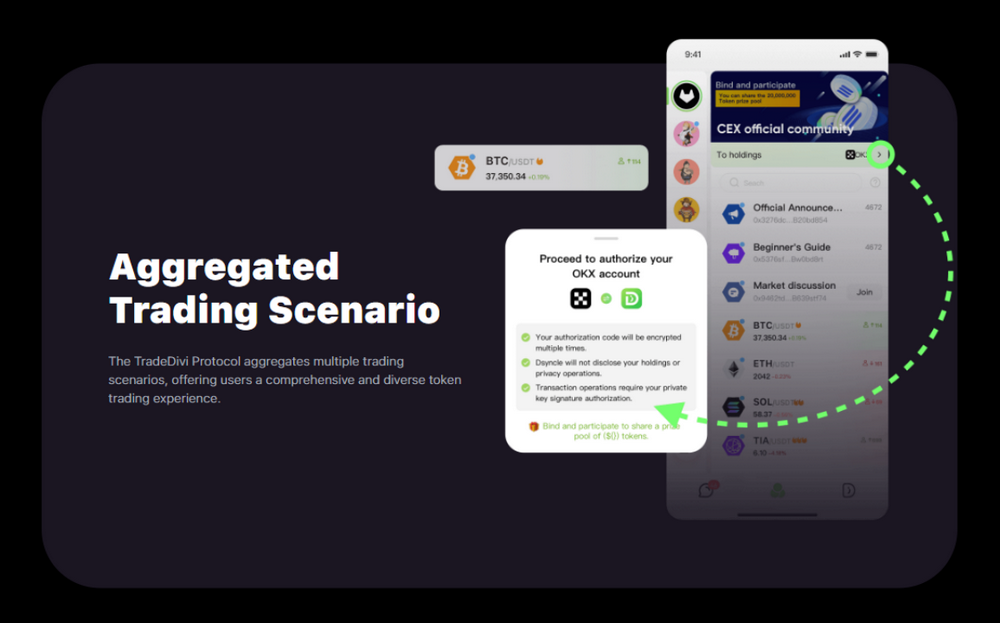
Strong Marketing Effectiveness
From a marketing perspective, "meeting demands" always works better than "creating demands." The inherent value of Web3 social interaction does exist, but it may not be a widespread and urgent demand at the moment. Capturing its value directly and forming a scale will take some time. However, meeting the mainstream demand of "Web3 user communication, trading, and value exchange" is the current focus. Although Web2's X, Discord, and TG are still the main social battleground for Web3 users, if users can communicate and trade within Web3 social interaction applications without switching apps, while also building their absolute private domain (profitable and monetizable), and receiving additional airdrop rewards, would such a native Web3 social interaction application better meet the actual and spiritual needs of Web3 users? The answer is definitely yes.
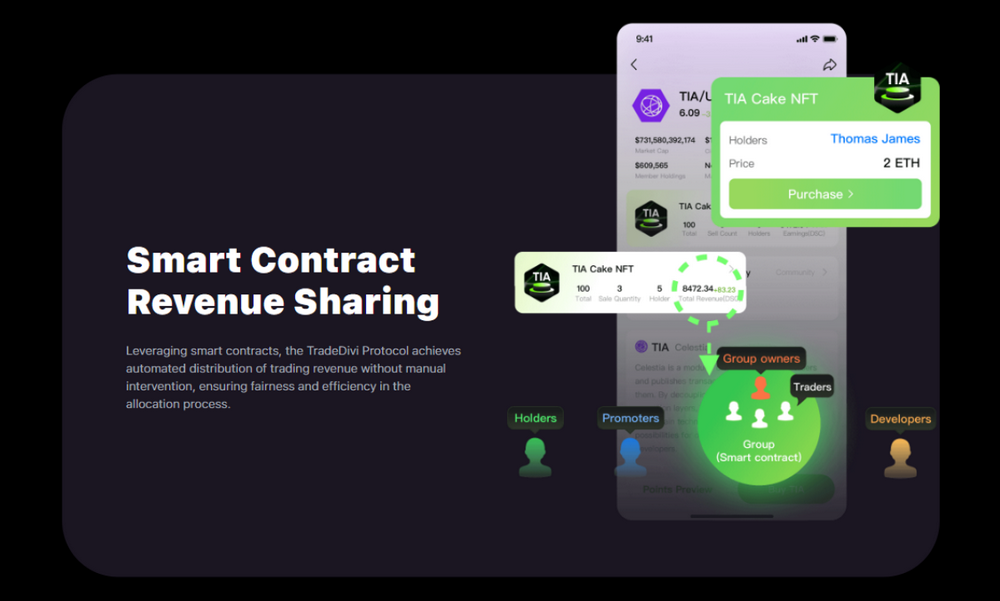
Large Value Space
According to Triple-A data, there are approximately 420 million cryptocurrency users, accounting for less than 5% of the global population, which is still a small proportion compared to the global population of Web2 social users, indicating a large potential space. One of the important characteristics of Web3 users is holding tokens and gaining benefits through trading (whether it's through interacting to obtain early tokens or through swaps and secondary trading). Even in the bear market of 2023, the daily trading volume is still around $100 billion (CoinGecko), and from the data of the past few years, the types, frequency, volume, and methods of user trading have been gradually increasing. With the stimulation of the bull market, it is believed that the trading volume will also increase significantly in the future.
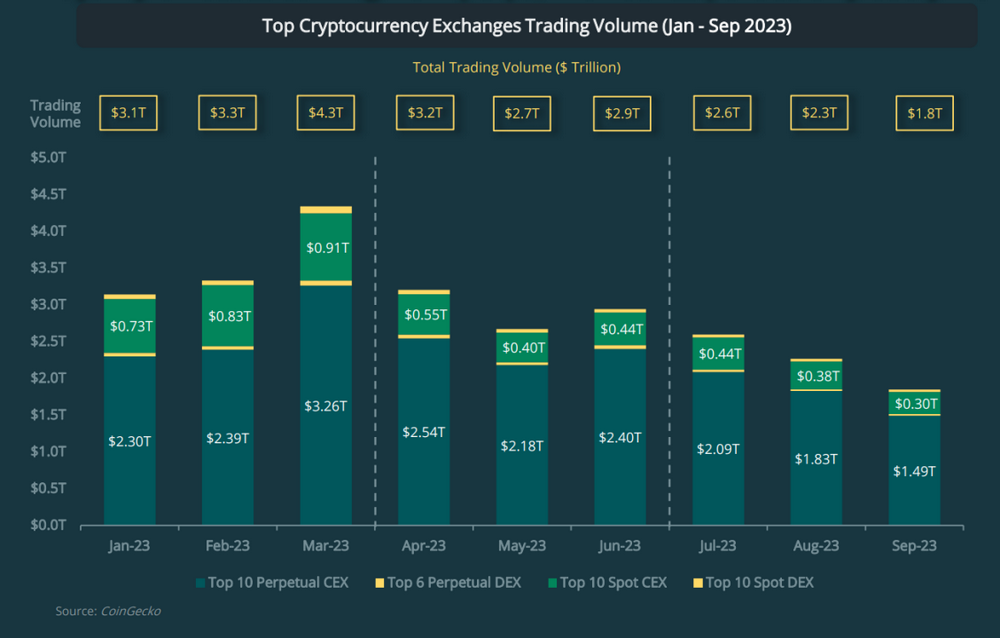
Currently, facing 420 million existing users and future new Web3 users, the lack of a matching Web3 native social environment, if Dsyncle can provide a good user experience from the perspective of service trading, while also facilitating users' trading and value exchange behaviors more conveniently and with lower barriers, and empowering users with additional rights and value, its value and development space will be self-evident.
Accurate Timing Control
From the information released by Dsyncle, it currently supports not only EVM but also BEVM scenarios, indicating its embrace of the BTC ecosystem. Its strategic cooperation with BEVM shows that the launch of Dsyncle will leverage the explosion of the BTC ecosystem. In terms of timing control, it has accurately grasped the rhythm of the BTC ecosystem and the bull market.
Currently, Dsyncle is in the "whitelist" phase of public testing, and there are still many short-term and long-term incentives to be claimed. For ordinary Web3 users, the experience is also open, and they can claim DSC airdrops. Interested friends can check it out.
X account: @Dsyncle, Chinese community: @Dsyncle_Club
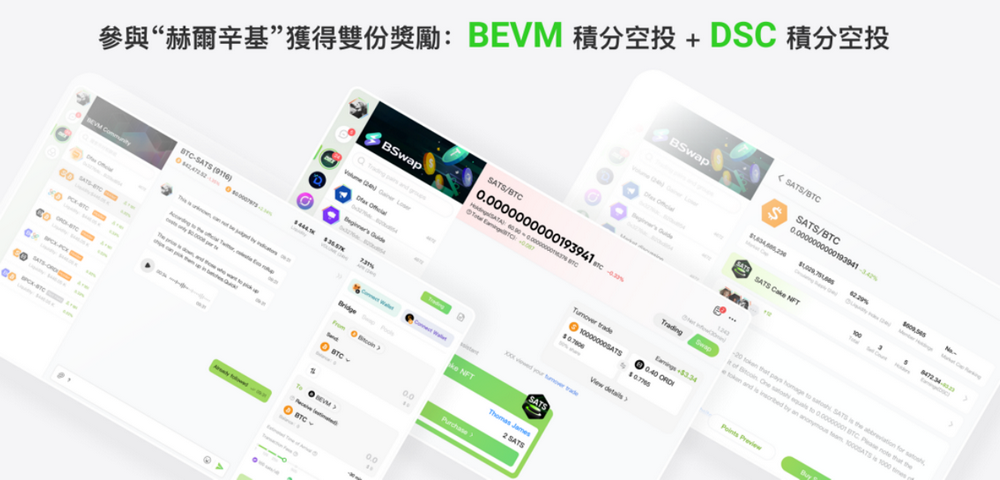
Planned Follow-up Narratives
From the development roadmap of Dsyncle, it can be seen that its first entry point is facilitating socialized trading, gradually expanding and enriching trading scenarios. Additionally, relying on their two protocols, it aims to distribute incentives and build decentralized trading identity profiles in socialized trading scenarios, serving the identity and traffic matching between users, communities, and projects. Of course, this is also an extension of trading. This matching method and scenario may gradually replace task platforms because it is more direct, the trading identity profile is more accurate, and the feedback will be more efficient. There is also the mention of the opening of the TradeDivi and Sketch protocols in the roadmap. If Dsyncle has a considerable number of users by then and its effectiveness is fully verified, the opening of the protocols to support more application scenarios and ecosystem interoperability will make these two protocols very valuable.
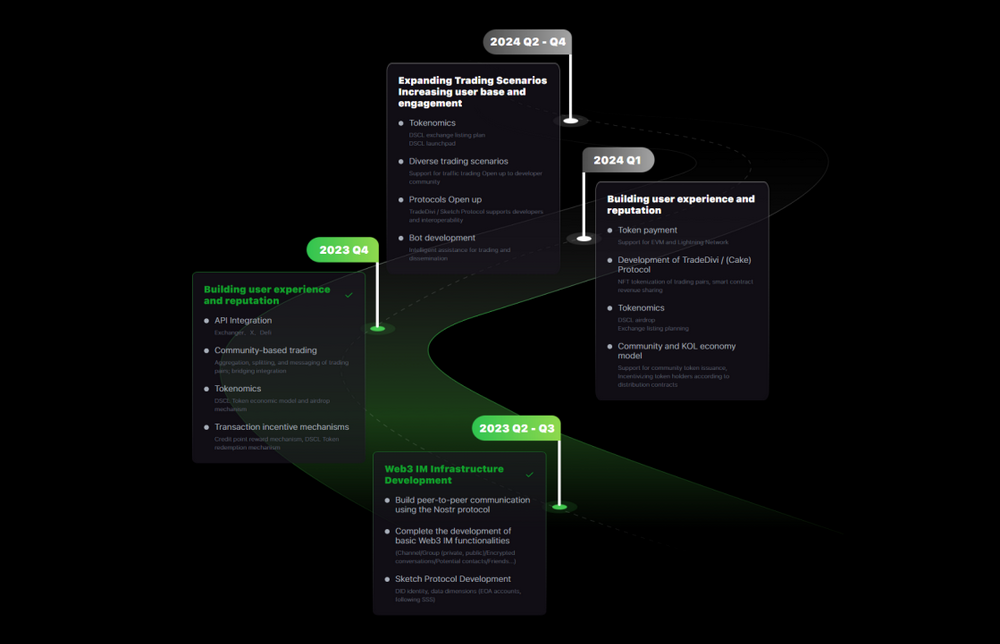
Conclusion
Web3 social interaction is a track with a high ceiling and significant challenges. Whether it's chains, protocols, or applications, as industry observers and participants, we hope that a project will emerge and truly allow Web3 users to have Web3 social products that match their own labels and are beneficial to them.
The entry point of Dsyncle is very interesting and is currently a pressing need for Web3 users. From a product design perspective, it does meet some user needs and lowers the barriers. Considering its value space, marketing effectiveness, timing control, and future narratives, it should receive favor from capital and chain ecosystems. Its financing situation has not been disclosed yet, perhaps the project team has not announced it. Of course, in the current trend of Fair Launch, as a Web3 social application with strong community attributes, Dsyncle may also choose the Fair Launch method. This would be a new revolution, and we look forward to it.
Of course, whether Dsyncle has cracked the correct way to open Web3 social interaction, besides following its progress, experiencing Dsyncle is also a good choice. At the very least, chat with like-minded partners, get some convenient information or news, receive some professional analysis and sharing, and most importantly, receive the DSC airdrop at zero cost. Why not?
免责声明:本文章仅代表作者个人观点,不代表本平台的立场和观点。本文章仅供信息分享,不构成对任何人的任何投资建议。用户与作者之间的任何争议,与本平台无关。如网页中刊载的文章或图片涉及侵权,请提供相关的权利证明和身份证明发送邮件到support@aicoin.com,本平台相关工作人员将会进行核查。




